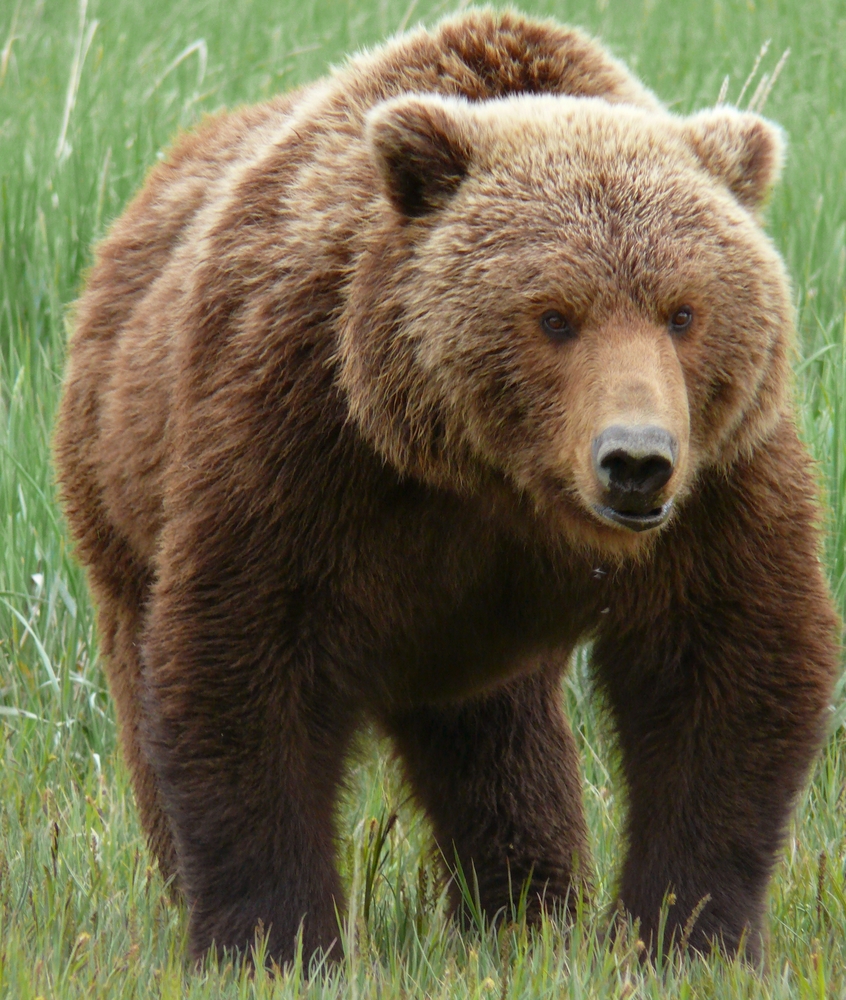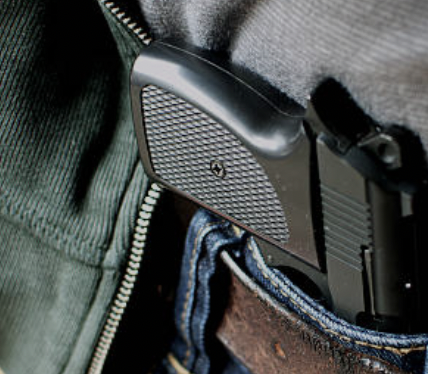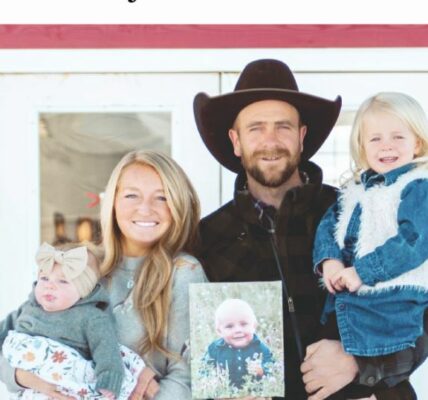
———————-
By Emily Mieure
Jackson Hole News&Guide
Via- Wyoming News Exchange
JACKSON — First responders have been running up the Snow King boot pack as their first round of qualifications to be part of a new animal attack response team.
If they can summit in less than 40 minutes they’ll make it to the firearms qualification round, set for next week.
The Teton County Sheriff’s Office and Teton County Search and Rescue are working with the Wyoming Game and Fish Department and Grand Teton National Park to form the new specialized team, which is training to improve emergency response when an animal attacks a human.
“The idea was born out of the Terrace Mountain rescue we had two years ago,” Sheriff Matt Carr said Monday. “We always debrief these incidents and after that one we were asking ourselves — how do we better protect our teammates?”
Carr was referring to the September 2018 grizzly attack that killed Jackson hunting guide Mark Uptain.
“We got the call in the late evening and the client was describing what happened and our helicopter was out fighting fires,” Carr said.
Rescuers were able to make it in and got Uptain’s client off the mountain but quickly lost daylight.
“We considered hiking in at night but how do we do that safely?” Carr said. “[The client] said there was a mom and a cub or two. That’s a horribly dangerous situation to go into.”
The next morning Carr and two Game and Fish employees were dropped off by a helicopter near the wooded scene.
“We made those decisions on the fly,” Carr said, “and we were kind of forced into this situation we hadn’t dealt with before.”
It’s becoming more common for several different agencies to get called to attacks, Wyoming Game and Fish large carnivore biologist Mike Boyce said.
“We want to coordinate with the search and rescue crew because it’s likely we both get dispatched to these,” Boyce said. “We have had a couple fatalities in the last five years or so where both our agency and search and rescue have been involved. Their expertise is in the search and rescue and medical response, and we are more focused on evidence collection and that part of the investigation.”
Grizzly-caused human injuries are increasing, especially this year.
“We are seeing more people out recreating on the forest and in the parks,” Boyce said. “Meanwhile we have a growing and expanding bear population. It seems inevitable that we will be dealing with incidents like this in the future. This year in particular has been problematic, with eight or nine attacks so far.”
Boyce hosted a training Tuesday morning for about 20 people from search and rescue and the sheriff’s office who will make up the new animal attack response team.
At the training he went over bear behavior and likely injuries and other evidence first responders should look for in the first moments after an animal attack.
“Search and rescue is likely to be the first on scene,” Boyce said, “so it’s imperative we’re on the same page with them.”
The purpose of the team is to have clear-cut roles for those on scene, from patient care and scene security to the search and communication and outreach.
That sets up the Game and Fish crew — referred to as the predator attack team — to have a more effective and efficient investigation later.
Carr said the new team has been in the works for a while. There are similar animal response teams in highly populated bear areas like Alaska and British Columbia, which helped provide a model for the new Teton County team.
“Our first preference is always prevention of animal-human encounters through education,” Carr said. “When that breaks down and we have to respond and put rescuers in a situation when you’re dealing with grizzly bears it can be dangerous. It’s something we need to train for.”
The Snow King physical fitness qualifier was a way to make sure members of the team have the endurance for rescues that involve long, steep hikes with heavy packs.
Team candidates will go through firearms qualifications next week led by Teton County Sheriff’s Sgt. Trevor Aitken.
If they pass handgun and rifle qualifications they’ll be allowed to carry a weapon into the field.
“It’s for the defense of themselves or others only,” Aitken said.
Carr emphasized that the team isn’t setting out to kill any animals.
“The last thing we want to do is shoot a bear,” he said. “But we have to be proficient if we are in danger or attacked or if the patient is in danger.”
They hope to have the team fully formed by September, just in time for hunting season, when the chance of bear attacks increases.






